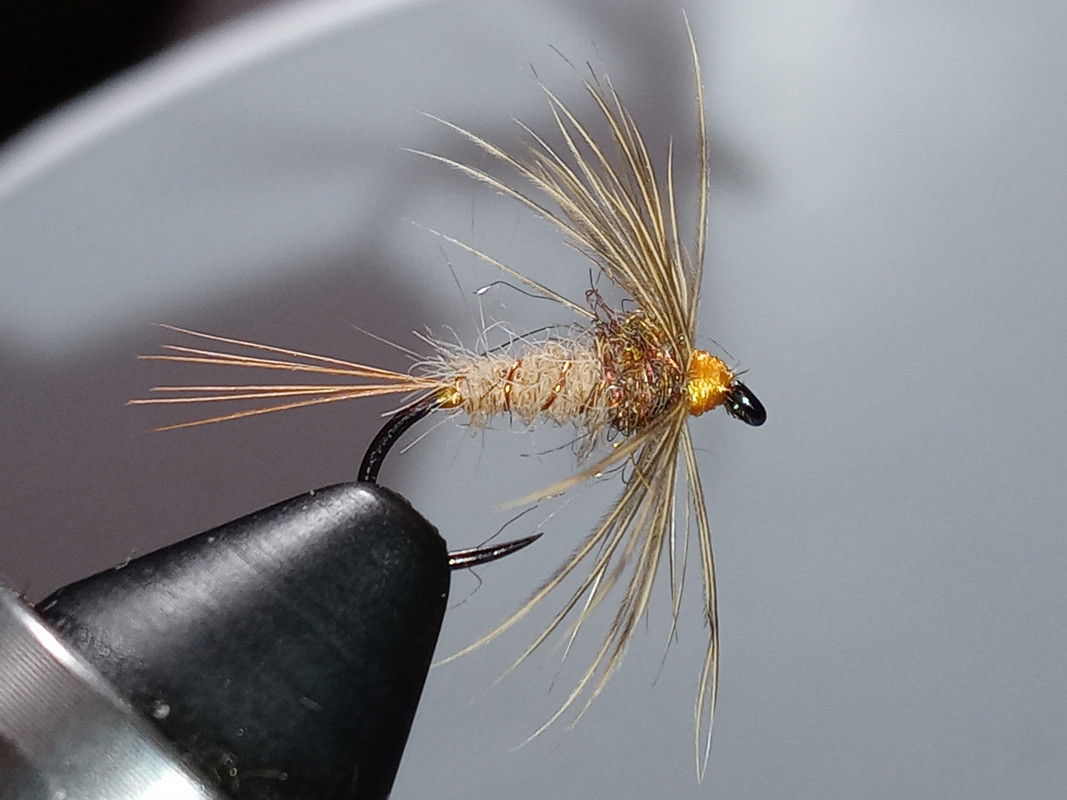Hooks. I have come to the possible realization that you can tie a better more uniformed looking fly with the proper hook. And it may take a slight difference in the shank length. Which in my mind makes a hook a very important part of the tying materials used.
This idea finally sank in just last night and today because I tied a fly I call The Saint last night on a medium weight standard length shank and it turned out ok. So today I was tying more and I just didn't like the body length of the fly. I then looked for a similar hook in my hook box and found a 1XL and used that to how I like it.
Personally I like it better, but that's just my humble opinion because I'm still learning the in's and out's of tying flies.
I have seen people tying their own variations of the same fly on different hooks, so I don't think there's a rule where it says you must use hook XXX for this fly and hook YYY for this other fly. Is there a rule?
But this is what I see in these two similar hooks. The first photo has the standard length hook.

This is the hook that has the 1XL shank.

It looks to me the abdomen in the first photo is too stubby and thick. The fly in the second photo has a better tapered, slightly longer abdomen which allowed me to have an easier time with the thorax and hackle.
Am I on to something here, or do I need to change something to use the standard length hook?
Looking forward to all of your thoughts on this.
